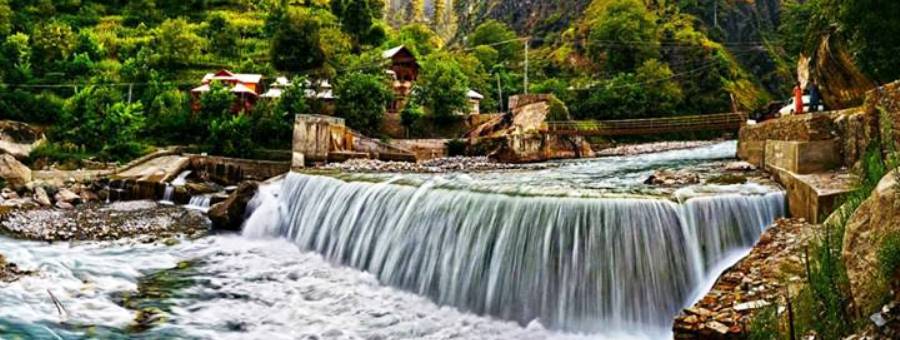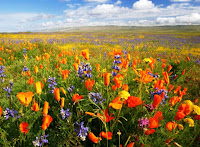Hingol National Park covers a
region of 1,650 square kilometers (640 sq mi) and is the biggest National Park
in Pakistan. It was set up in 1988.
 |
| Hingol National park |
Hingol National Park is
situated along the Makran drift in southwestern Balochistan Province,
southwestern Pakistan. It exists in areas of Lasbela District, Gwadar District,
and Awaran District. The Gulf of Oman of the Arabian Sea are toward the south.
The commonplace capital of Karachi is roughly 190 kilometers (120 mi) toward
the southeast on the drift.
Flora:
Hingol National Park contains
an assortment of geological elements and environments, fluctuating from dry
subtropical woods in the north to bone-dry montane in the west. Expansive
territories of the recreation center are secured with float sand and can be
named waterfront semi forsake.
 |
| Mountains in Hingol National Park |
The recreation center incorporates the estuary
of the Hungol River which bolsters a critical differing qualities of fowl and
fish species.Nearly 250 plant species were recorded in the underlying studies
including 7 yet undescribed species. Numerous more species are yet to be
gathered.
Fauna:
Hingol National Park is known
to bolster no less than 35 types of warm blooded animals, 65 types of creatures
of land and water and reptiles and 185 types of feathered creatures. The
recreation center structures an amazing environment to wild Sindh ibex, Baluchistan
urial and chinkara gazelle. Ibex is found in all lofty mountain ranges and
various in the Hinglaj and Rodani Kacho Mountain regions. Add up to populace is
assessed more than 3000.
Important species at Hingol National Park:
There are 14 types of winged
animals of exceptional protection enthusiasm because of being debilitated
(according to IUCN Red List 2005), extremely uncommon or key types of the park.
·
Sociable
lapwing (basically jeopardized)
·
Saker
hawk (jeopardized))
·
White-sponsored
vulture (defenseless)
·
Spot-charged
pelican (powerless)
·
Dalmatian
pelican (powerless)
 |
| Picnic point in Hingol National Park |
·
Eastern
majestic falcon (helpless)
·
Pallas'
fish falcon (powerless)
·
Houbara
bustard (powerless)
·
Black
ibis (close undermined)
·
Black-followed
godwit(near-undermined)
·
Sooty
bird of prey (uncommon)
·
Goliath
heron (vagrant)
·
Desert
owl (limited to Makran Coast as it were)
·
Brown
angle owl (exceptionally uncommon)
Conservation:
As per free reports 20 staff
individuals, 18 amusement watchers and 2 delegate officers, are at present in
charge of the administration of the recreation center. They are under the
direction of the recreation center chief, who reports to the conservator and
the Secretary of Wildlife, Forest, Livestock, Environment and Tourism.































































